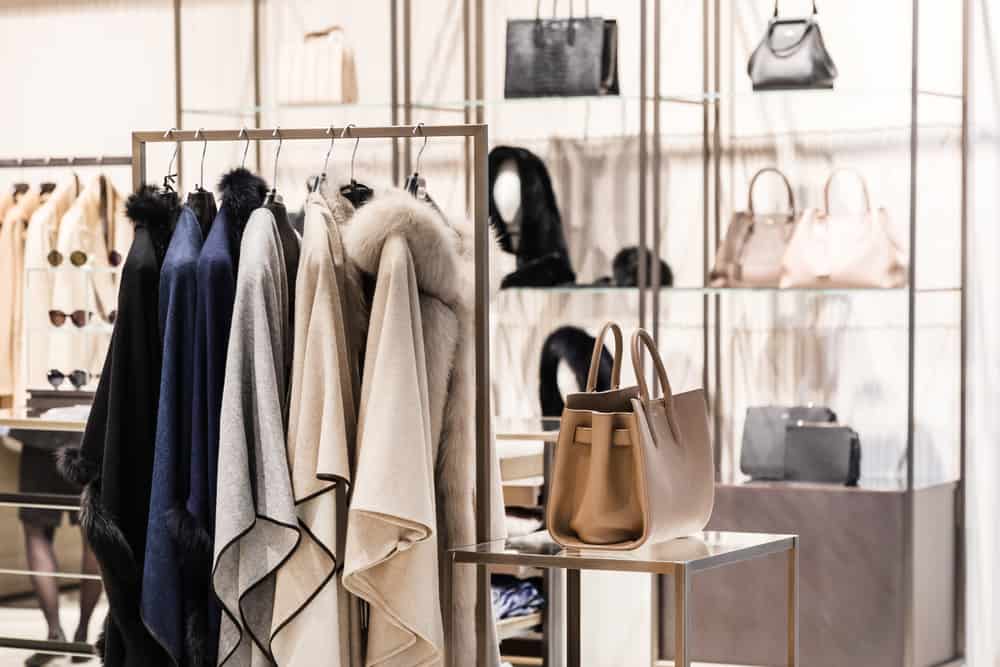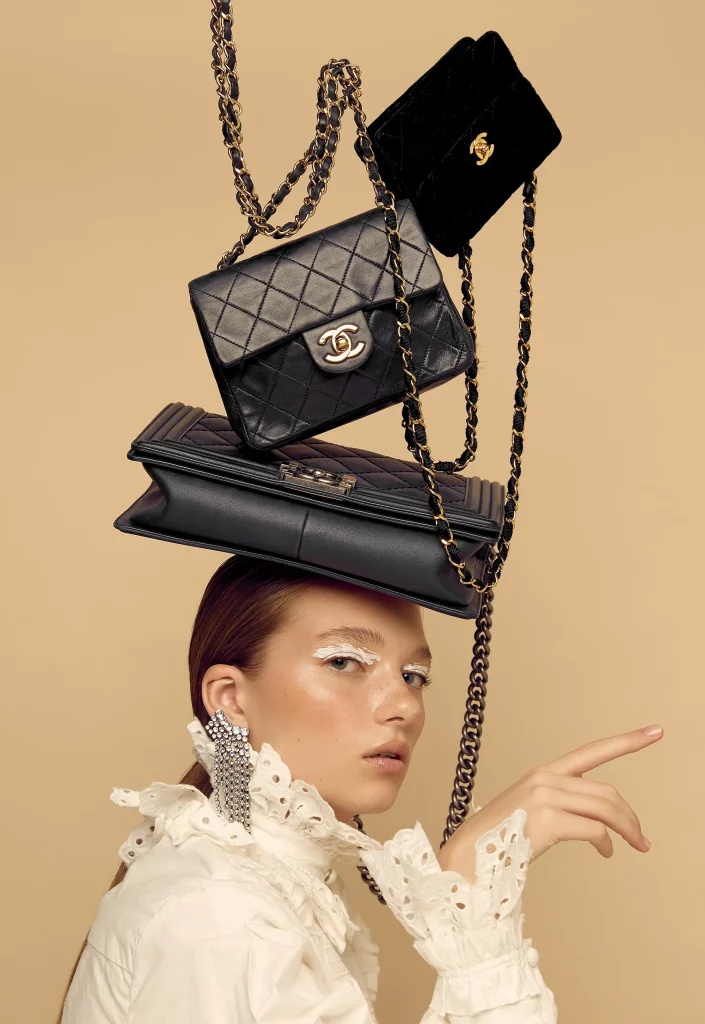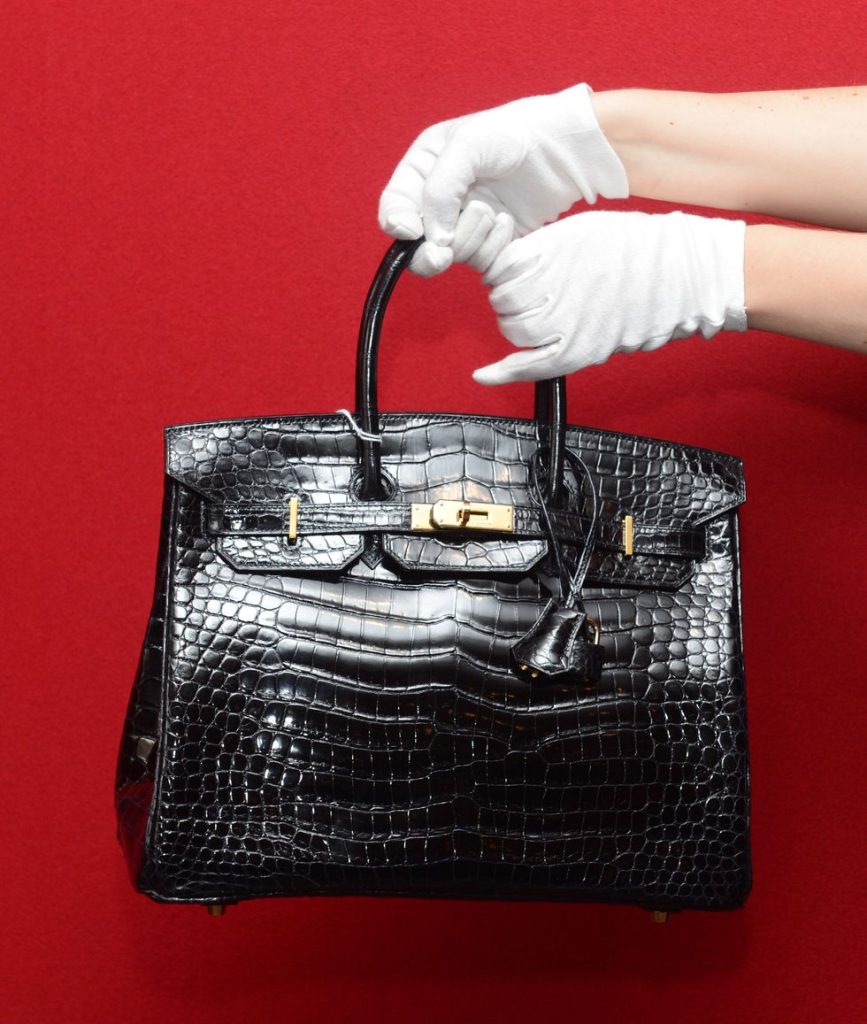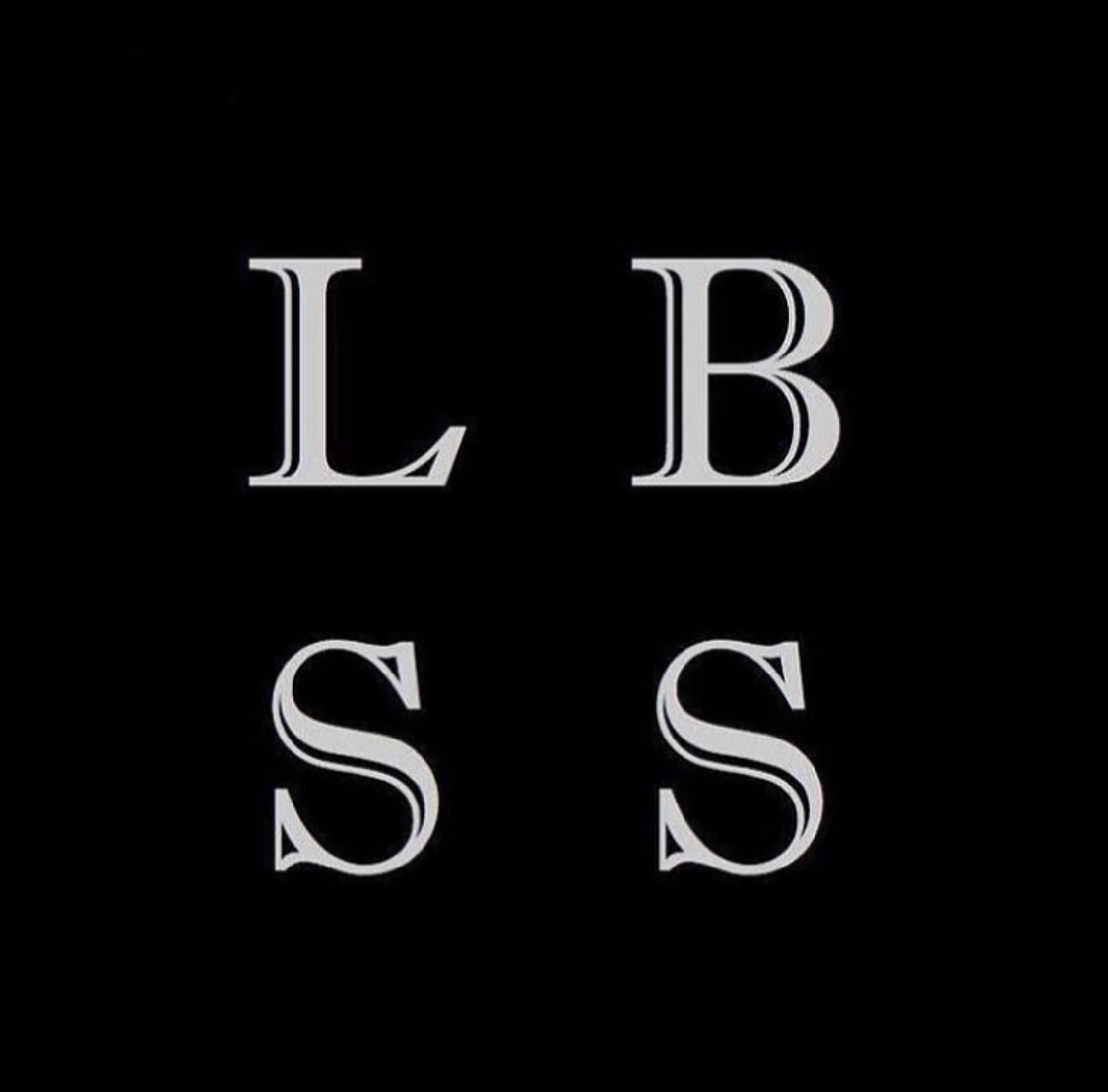The luxury market, one of the most competitive and crowded sectors in the global economy, constantly demands innovation and distinctiveness to stand out and succeed. Marketing serves as a powerful tool for brands to convey their unique values and identity to customers, whether through in-person and digital events, a strong online presence in social media, or traditional advertising on TV, radio, and billboards. Nevertheless, the goal is not only to attract new customers but also to nurture enduring relationships with existing ones. Although some high-end brands deliberately choose not to advertise their brand and products in a traditional sense due to their exclusive profile, they still have to put effort into maintaining their brand loyalty. To achieve this, brands employ a range of strategies.
Exclusivity is a hallmark, with limited editions, exclusive lines, and invitation-only events creating an aura of rarity that fosters customer loyalty. Crafting a compelling brand identity and storytelling that resonates with the target audience, be it rooted in lifestyle, heritage, innovation, sustainability, or other values, also plays a pivotal role in retaining customer relationships. Collaborating with brand ambassadors and influencers instills credibility and trust, while loyalty programs, innovation, personalization, emotional connection, and a meticulously designed in-store experience contribute to the overall customer relationship by shaping a distinctive and irreplaceable brand image in the eyes of customers. Maintaining success in the luxury sector depends on the ability of the brands to harness these strategies to their fullest potential.

A brand that successfully built strong brand loyalty is Chanel. In contrast to others, Chanel was able through the pandemic crisis to maintain its sales and profits and even raise its prices. This success can be attributed to the brand’s high customer loyalty, which is a result of Chanel’s unique brand strategy. We can therefore see how the brand strategy influences customer loyalty. The COVID-19 pandemic turned upside down the global luxury market, making it difficult for many brands. However, for Chanel it was not the case: when all stores like Gucci and Chloe were empty in 2020, Chanel’s stores were once again lined up. Chanel even continued to raise the price of its well-known classic flap 2.55 bag and other items. The Maison differentiated itself by partnering with a Chinese video platform to stream its fashion show, attracting a record 3.58 million viewers. This decision was key for the brand’s innovative approach to engaging customers during a period when traditional in-person shows were not possible.
But Chanel’s understanding of brand loyalty extends beyond pandemic-era fashion shows; it’s a comprehensive, competitive strategy with the customer at its core. In a saturated luxury market, Chanel stands out by prioritizing the customer experience as a fundamental part of its brand development. It has cultivated loyalty by making clients feel unique and valued through personalized interactions and attention to detail. For instance, assigning a sales consultant who remembers the client’s preferences and special dates like birthdays creates an intimate shopping experience. These thoughtful, often invisible, actions form the essence of customer loyalty at Chanel, creating a strong, personal connection that turns routine shopping into a magical, fairytale-like journey. It is clear to say that Chanel’s magic of maintaining customer loyalty is unwavering – through thick and thin, in times mundane and insane!

One of the most interesting examples of a company with a unique loyalty strategy is the luxury house Hermès. According to a study, the top 5% of Hermès customers contribute to 40% of their annual sales, so it is of big importance for the brand to build loyal relationships with their most-valued customers who have a long purchase history and a strong personal connection with the brand. Being the creator of two of the most iconic and recognizable bags in the world – the Birkin and the Kelly – the fashion house has established the ownership of such a bag as an exclusive symbol of status and prestige. Everybody wants a Birkin or a Kelly bag, but very few can have it. Owning this bag is not a matter of having the money to buy it, it’s a matter of being offered a chance to do so. The luxury house employs this exclusivity by creating a unique “loyalty program”, whose value is not based on monetary terms, but on making the top customers feel recognized and appreciated by rewarding them with the chance to purchase these most-wanted bags.
Hermès’ loyalty program is in fact a customer engagement program – it requires an undefined level of spending and status in order to be considered a “deserving” customer. But how long before you get offered the bag of your dreams? No one knows, and that’s part of the brand’s strategy of scarcity and discretion. The former CEO of the brand, Patrick Thomas, captured the essence of Hermès’ “program”, claiming, “The luxury industry is built on a paradox. The more desirable a brand becomes, the more it sells. But the more it sells, the less desirable it becomes.” Hermès deliberately releases limited quantities of its products and maintains secrecy around who gets what in order to foster exclusivity. Once a customer unlocks a chance to buy one of the most desirable bags on the market, the feeling of recognition takes over, and they immediately want more and more, which works wonders for Hermès.

